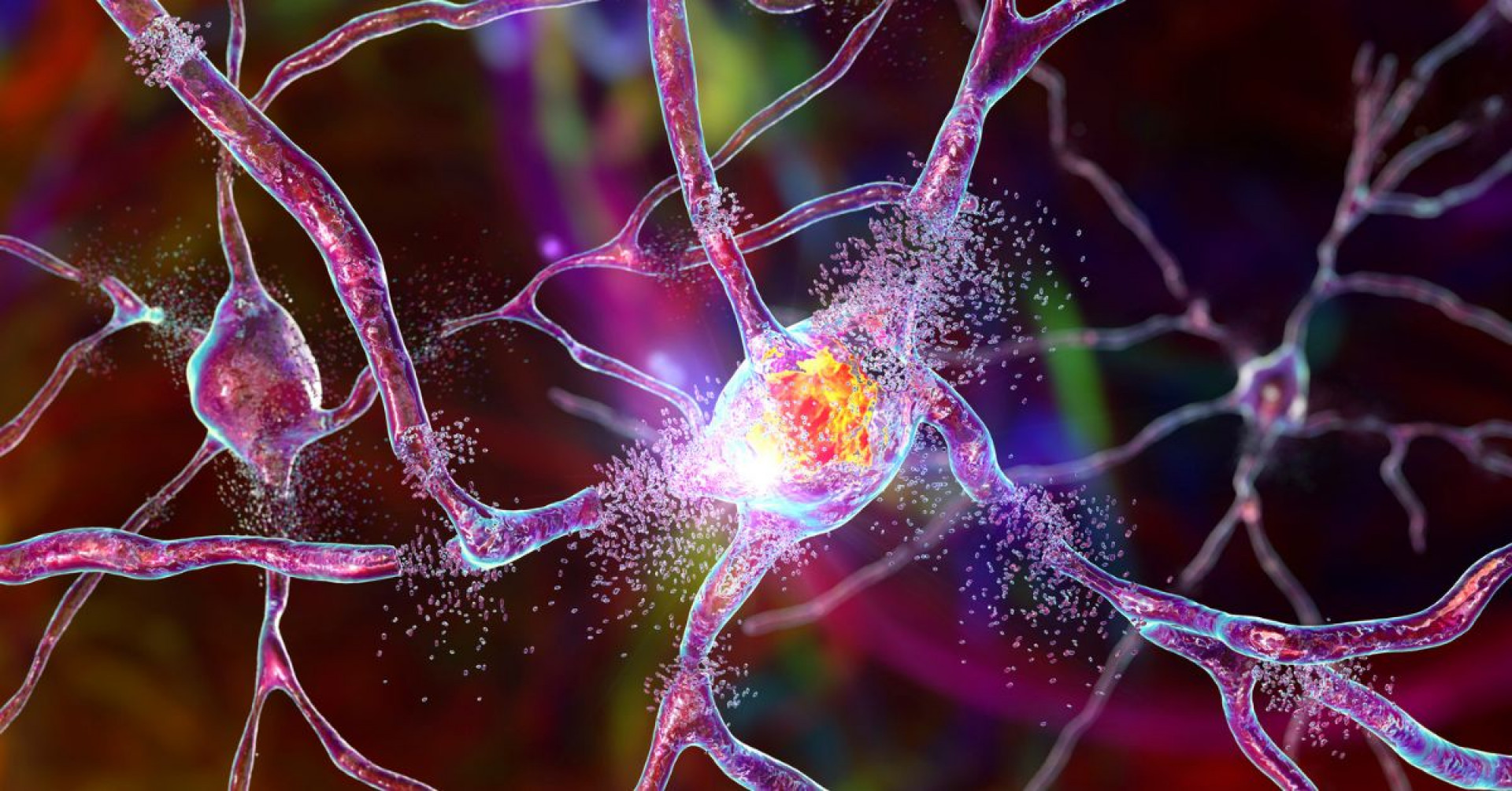Lab-grown nerve cells to replace those destroyed by Parkinson’s in breakthrough treatment
Scientists hope treatment may be available in five years.

A new treatment for Parkinson’s disease that sees stem cells grown in the laboratory and transformed into nerve cells replace those destroyed by the disease will start first trials with patients in the next few months, according to a report by The Observer published on Sunday.
The treatment aims to stop the spread of the disease’s devastating symptoms.
“It has taken a long time to get to this stage but hopefully results from these trials will mean that, in a few years, we might be able to offer tissue transplants as standard treatments for Parkinson’s,” told The Observer Prof Roger Barker, of Cambridge University. “It is certainly a promising approach.”
According to the Parkinson’s foundation, it is estimated that at least one million people in the United States suffer from Parkinson’s disease and roughly six million worldwide.
The disease occurs when nerve cells that supply dopamine to the brain start to die.
Because dopamine carries signals to the part of the brain that controls movement and coordination, decreased dopamine levels lead to the cardinal motor symptoms of Parkinson’s disease: resting tremor, generalized slowness (bradykinesia), and stiffness of the limbs (cogwheel rigidity).

Currently, the drug L-dopa replaces some of the lost functions of dopamine cells and is used as a treatment but it becomes less effective over the years. Researchers have been looking for a long time for new treatments.
One idea was to use tissue from aborted fetuses to replace dying dopamine cells with unaffected versions. However, this was opposed by many on religious grounds and it was also hard to find sufficient supplies for the treatments. Barker and his team at Cambridge have developed a technology that bypasses these issues.
Transforming stem cells
They make use of stem cells from which all cells with specialized functions are generated and which can be grown in laboratory cultures and transformed into dopamine cells.
“We now know that putting dopamine cells in the brain will work and the procedure is safe,” Barker told The Observer. “There is no longer a problem about supply of sufficient tissue because we can manufacture these cells in large numbers in the laboratory.
The cost is also quite affordable as dopamine cells – made out of stem cells – have become a standardized product.
“That means that we are now at a point where we can use stem-cell transplants as treatments for Parkinson’s patients, though it will take several years before we will know that these work and can be used as standard treatments for Parkinson’s disease,” added Barker.
Trials are set to start in the next few months and will continue over the next year. “The cells are in a freezer and ready to go in,” said Barker. “The transplants will be done in Sweden because they have the instruments to carry this out. This will be followed up over the year with further trials.”
Trials are expected to take at least two years to complete along with an analysis of the results and of any side-effects. The final treatment could be made available in about five years.
“Younger patients will benefit most from this therapy,” said Barker. “It is going to be a one-off treatment, so that the complications that you get with chronic medications will not arise, while those advanced therapies involving deep-brain stimulation will not be needed so often.”
 SHOW COMMENT ()
SHOW COMMENT ()









